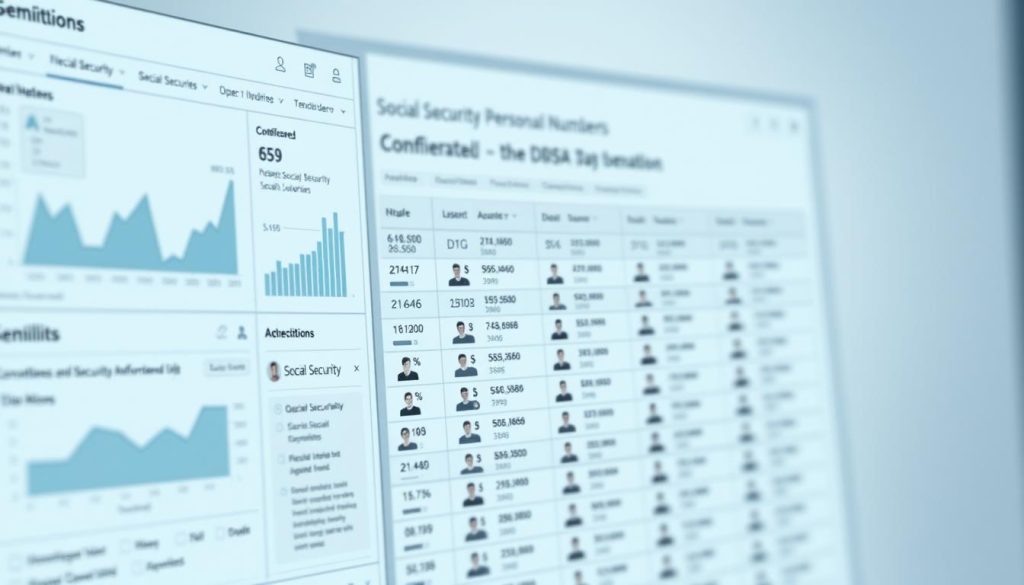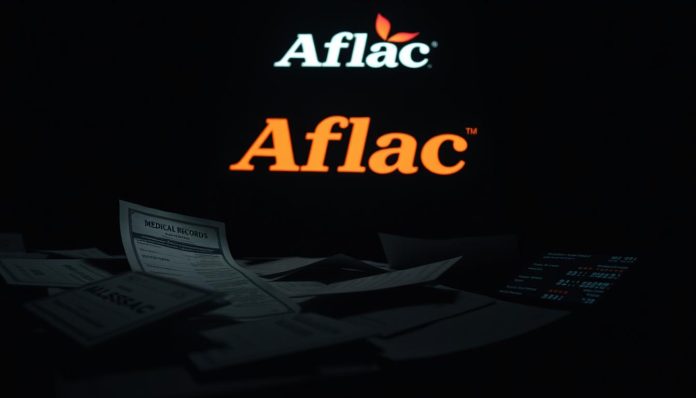The company disclosed on June 20, 2025 that a cyber incident occurred after attackers accessed U.S. systems on June 12. Early indicators show possible access to Social Security numbers, medical records, insurance claims and contact information.
Investigators say the intrusion was contained within hours, but containment does not guarantee nothing left the environment. The response included offering 24 months of identity protection and credit monitoring and a dedicated call center at 855-361-0305 for affected members.
A proposed class action filed in the Middle District of Georgia alleges delayed notification and missing technical details in the initial report. The suit and contemporaneous coverage link the attack to a known threat group that uses social engineering to bypass protections.
Readers should treat exposed categories as high risk and watch for follow-up notices as forensic work continues to map what information left the systems and what remains internal.
New breach at Aflac: scope of exposed data, disclosure timing, and early response
In a June 20, 2025 notice, the company said a June 12 intrusion may have exposed Social Security numbers, insurance claims, health records and contact details. Investigators reported the incident was contained within hours, but containment does not confirm nothing left the systems.
The scope listed sensitive personal information that can enable account takeover and medical billing fraud. Aflac has not yet released counts by policy or product line, so the number of affected policyholders and members remains unclear.

| Item | Detail | Implication |
|---|---|---|
| Disclosure date | June 20, 2025 | Public notice issued after initial containment |
| Detection/containment | June 12, 2025 (contained within hours) | Forensics ongoing to map affected records |
| Exposed categories | SSNs, claims, health records, contact info | Higher risk for identity and medical fraud |
| Immediate support | 24 months identity protection and credit monitoring; call 855-361-0305 | Enrollment advised for customers and members |
The early response offers 24 months of identity protection and credit monitoring and directs affected people to a call center for assistance. A lawsuit filed in the Middle District of Georgia alleges the company delayed notification and omitted root-cause details in its initial report.
Officials say only U.S. systems were involved so far. Members should enroll in the offered services and watch statements and explanation-of-benefit notices for unusual activity.
Technical picture: intrusion timeline, suspected threat actor, and likely attack vectors
Indicators show adversaries gained a foothold on June 12, and defenders contained activity within hours. That short time window suggests SOC tooling flagged anomalous behavior in authentication or endpoint telemetry.

Reports cited in litigation point to Scattered Spider as the suspected actor. Their tradecraft favors social engineering of help-desk staff, MFA fatigue prompts, SIM swapping, and session hijacking of identity providers.
Probable entry vectors include credential theft via phishing, weak help-desk verification, and abuse of federated SSO tokens. Once inside, attackers typically target Okta/Azure AD, endpoint management, and PAM to elevate privileges.
| Focus | What to review | Why it matters |
|---|---|---|
| Timeline | Auth logs, SIEM correlations, EDR alerts | Shows time of access and containment actions |
| Access paths | Claims platforms, document stores, data lakes | High-value members and policy records reside here |
| Exfiltration | Egress logs, TLS inspection, cloud object reads | Determines if bulk PII or structured files left systems |
Forensics will correlate token issuance, conditional access changes, and large object reads to map exposure. If accounts were used to aggregate records, downstream fraud and medical identity misuse remain primary risks for members.
Customer impact and immediate risk mitigation steps
Acting fast reduces the chance that stolen Social Security numbers or health records will be used for fraud.
Members and policyholders should enroll in the offered 24 months of identity theft protection and credit monitoring right away. Call the enrollment line at 855-361-0305 to confirm eligibility, covered services, and whether dependents on a policy are included.
Place a credit freeze with Equifax, Experian, and TransUnion to block new account openings. If a freeze is too restrictive, add a fraud alert instead; it forces extra verification by lenders but allows easier access to credit when needed.
Enable phishing-resistant MFA and rotate passwords for insurance portals, email, banks, and other accounts. Monitor Explanation of Benefits and claims for services not received and report discrepancies to the insurer immediately to limit billing fraud.
| Immediate step | Why it matters | Timeframe |
|---|---|---|
| Enroll in protections | Alerts on new inquiries and identity misuse | Call now — enroll within days |
| Credit freeze / fraud alert | Blocks new accounts or adds lender checks | Place immediately; can lift temporarily |
| Monitor EOBs and credit reports | Detect medical and financial misuse early | Repeat checks over the coming years |
Document all actions, keep case numbers, and review credit reports via AnnualCreditReport.com regularly. These steps give customers practical protections and clear actions to reduce future harm.
Aflac Data Breach: legal fallout, notification details, and prior incident history
Litigation quickly followed the disclosure, centering on whether affected members got timely, complete information. A proposed class action filed in the Middle District of Georgia alleges the company delayed notification and failed to explain dates, root causes, exploited vulnerabilities, and remedial steps.
The complaint seeks compensatory and punitive damages. It highlights risks to policyholders such as identity theft, unauthorized accounts, loan fraud, tax refund diversion, and benefits theft.
Enrollment details in the notice offer 24 months of monitoring and identity protections via the dedicated hotline. Plaintiffs argue those measures were announced without enough technical context to judge adequacy for long-term risk.
| Focus | Allegation | Practical effect |
|---|---|---|
| Legal action | Class action in federal court | Discovery on notice timing and controls |
| Notification | 24 months monitoring offered | Members urged to enroll; scope scrutinized |
| Prior history | No prior confirmed incident reported | This appears to be a new breach for the company |
Filings reference reporting that links the intrusion to Scattered Spider. Regulators and plaintiffs will review compliance with state statutes and health-related rules. Courts will weigh whether the protections in the plan match the years-long risks to policyholders’ information and identity.
What to watch next: regulatory scrutiny, forensic findings, and strengthened cybersecurity controls
Expect stepped-up oversight from state insurance departments and federal reviewers as forensic teams finish reporting on the recent Aflac data breach. Regulators will want clear findings and a timeline of technical actions taken.
Forensic reports are likely to reveal the initial access vector, privilege escalation paths, and whether members’ records or social security numbers left networks. That information will shape next remediation steps and legal action risks.
Companies should accelerate control hardening: deploy phishing-resistant multifactor authentication, tighten help-desk verification, and expand continuous monitoring. Data discovery, DLP, tokenization, and zero-trust access will reduce exfiltration risk and improve cybersecurity posture.
Network egress filtering and TLS inspection help spot abnormal outbound flows. Identity controls—PAM, conditional access, and token rotation—limit account misuse and speed incident response.
Customers and policyholders should watch the incident page and call center for updates. If forensics confirm exposure, expect extended identity theft protection and multi-year credit monitoring to reduce long-term risks.

